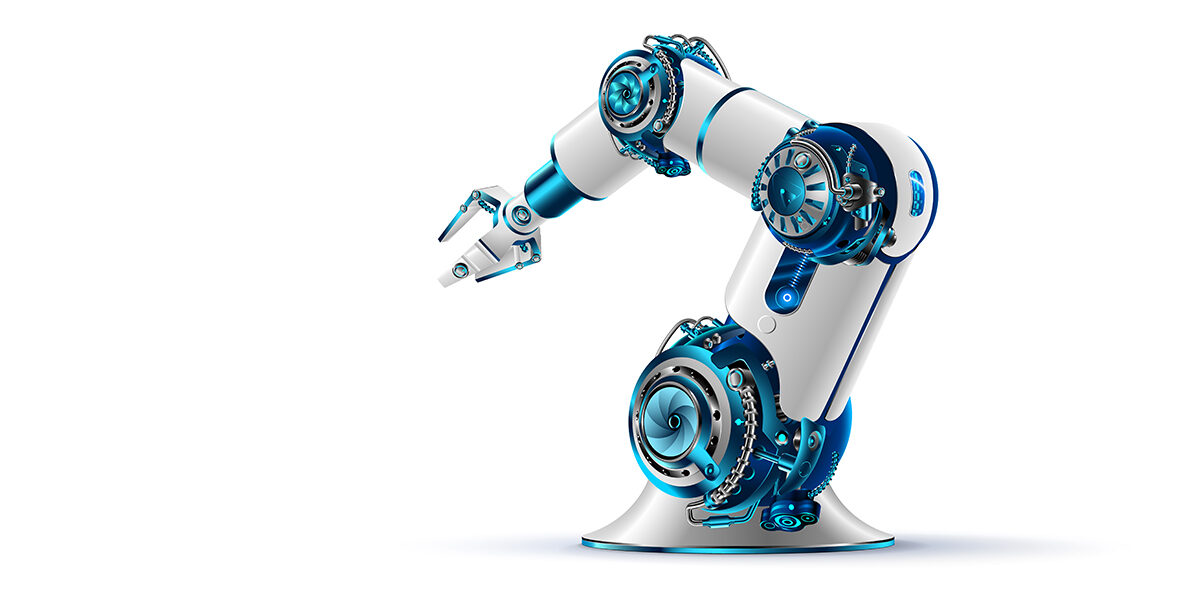LoanLogics White Paper Offers Human/Machine Relationship Advice
LoanLogics, a provider of loan quality technology for mortgage manufacturing and loan acquisition, released a white paper demonstrating how mortgage industry participants can maximize the relationship between their people, technology, and the mortgage process.
“The Double Act of Human & Machine – A Relationship Story,” explains how machine learning and other technologies can be used to manufacture higher-quality loans, ensure consistency of data across documents and systems, optimize margins when selling loan assets, and automate manual work to complement and enhance the value of human teams. In one specific example, the white paper shows how combining automation and confidence scoring with human assistance can save 50% in document processing costs.
“The current means of verifying loan file accuracy and completeness during loan production and secondary market sale are rife with manual, tedious and time-consuming ‘stare and compare’ methods that rely far too heavily on human staff,” said Mary Anne Ahmer, SVP of marketing at LoanLogics. “However, recent advancements in machine learning technology and rules-based automation have deepened the relationship between people and technology and are increasing quality and transparency in loan production, loan sales and mortgage servicing rights transfers. Our white paper examines exactly how this is done.”
Among other topics, the white paper details how machine learning has significantly increased document processing efficiency in the mortgage industry in recent years. It also delves into the benefits of confidence scoring, which is maximizing the power of automation when processing documents and data by helping organizations determine when to apply human-based quality control on individual loans.
The paper provides advice on what to consider when evaluating a prospective technology partner providing machine learning tools to aid human workflows. Sample questions are provided to evaluate “claims” of accuracy, breadth of capability and speed of implementation.
The paper also discusses the value of automated rules and the benefit of using providers with an established library of rules that validate the completeness of loan file data, digitize audit rules for regulator and investor requirements, and transform data for use by other systems and applications. Other topics include using technology to normalize the transfer of mortgage servicing rights (MSRs), streamlining auditing processes for HMDA reporting and augmenting human processes across different channels.
“The ‘double act’ between people and technology detailed in the white paper isn’t a fancy concept or a wonderful dream. It’s actually taking place today,” added Ahmer. “By providing a big-picture view of how far the relationship between people and technology has advanced in mortgage lending, we hope to inspire more organizations to remove manual processes and automate first—not just for their own benefit, but for the good of the consumer, the secondary market, and the entire industry.”

The Place for Lending Visionaries and Thought Leaders. We take you beyond the latest news and trends to help you grow your lending business.



